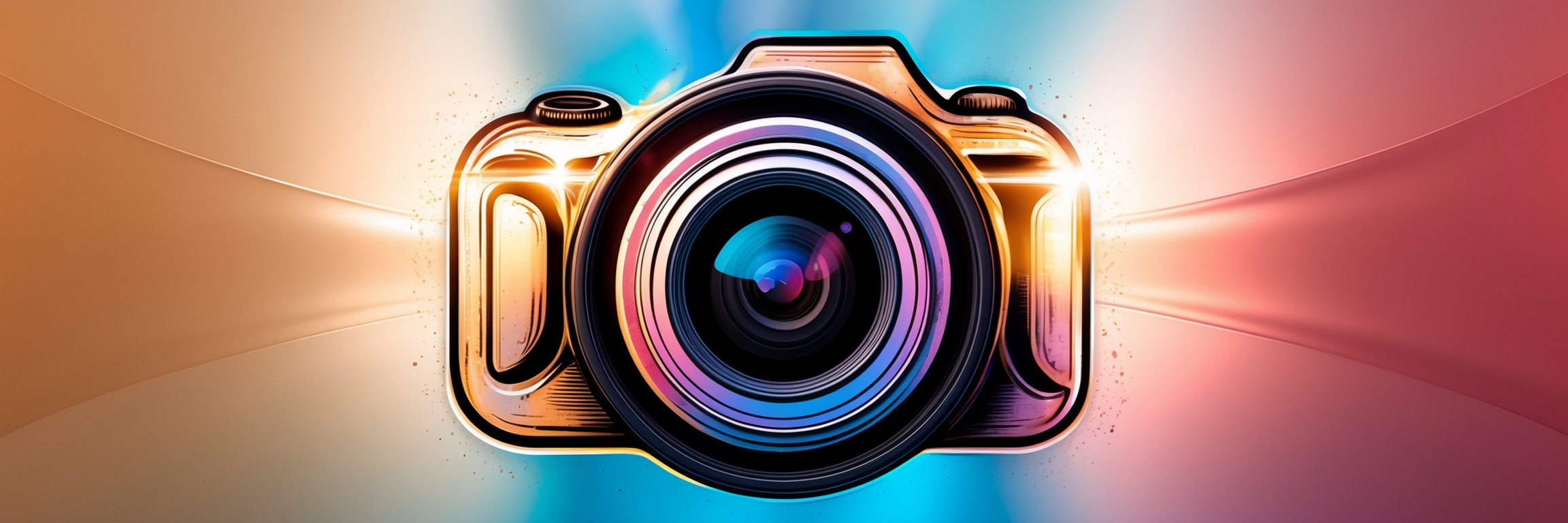Glare on photos can be distracting and reduce the quality of an image. Whether it’s caused by sunlight, reflections from glasses, or artificial lighting, removing glare from a photo can enhance the overall look. There are several methods to remove glare, including using photo editing software and making adjustments during the photo-taking process.
1. Using Software to Remove Glare
One of the easiest ways to remove glare from a photo is by using editing software. Programs like Photoshop, Lightroom, and free online tools allow you to retouch and enhance images with minimal effort.
A. Adobe Photoshop
Photoshop offers several tools to help you remove glare from photos:
- Clone Stamp Tool: This tool allows you to copy pixels from one part of the image and apply them to the areas with glare, blending them into the photo.
- Healing Brush Tool: The Healing Brush Tool blends the surrounding pixels with the glare-affected area to create a seamless look.
- Dodge and Burn Tool: These tools help in adjusting the exposure, allowing you to reduce the brightness of the glare without affecting the rest of the photo.
B. Lightroom
- In Lightroom, use the Adjustment Brush to reduce highlights or glare in specific areas. By adjusting the exposure and highlights, you can balance out the overly bright areas in the image.
C. Free Online Tools
For those who don’t have access to professional software, free tools like GIMP and Fotor offer glare removal options. These tools provide basic retouching features, such as brightness and contrast adjustment, which can help reduce glare.
2. Tips for Removing Glare During Photography
Reducing or eliminating glare at the time of shooting can save you a lot of editing work. Here are some tips for avoiding glare when taking photos:
A. Use a Polarizing Filter
- A polarizing filter on your camera lens can significantly reduce glare from reflective surfaces such as water, glass, and shiny objects.
- It’s particularly useful when shooting outdoors in bright sunlight or when capturing landscapes with water bodies.
B. Change the Angle of the Shot
- Often, glare is caused by light hitting a reflective surface at a particular angle. Adjusting your camera angle or position can reduce or eliminate the reflection.
- If taking photos of a subject with glasses, slightly adjusting their head can help avoid capturing glare from the lenses.
C. Diffuse the Light
- If you’re using artificial lighting, consider diffusing the light by placing a softbox or diffuser in front of the light source. This reduces the harshness of the light and prevents strong reflections.
- In natural light, moving your subject to the shade can help reduce glare from direct sunlight.
3. Removing Glare from Glasses
Glasses are one of the most common sources of glare in portraits. Here’s how you can minimize or remove the glare caused by glasses:
A. Angle the Glasses Slightly
- When photographing someone with glasses, ask them to slightly tilt their head or adjust the angle of their glasses to reduce reflections.
B. Use Anti-Glare Coating
- Some glasses come with anti-glare coating, which can help reduce reflections in photos.
C. Remove Glasses and Retouch
- If the glare is too difficult to manage, you can ask the subject to remove their glasses and later retouch the photo by cloning the eye area from another photo without glare.
Conclusion
Removing glare from a photo can make a significant difference in its appearance, whether using advanced editing tools like Photoshop or simple adjustments during shooting. By following these methods, you can reduce or eliminate glare and achieve a professional, polished look in your photos.
